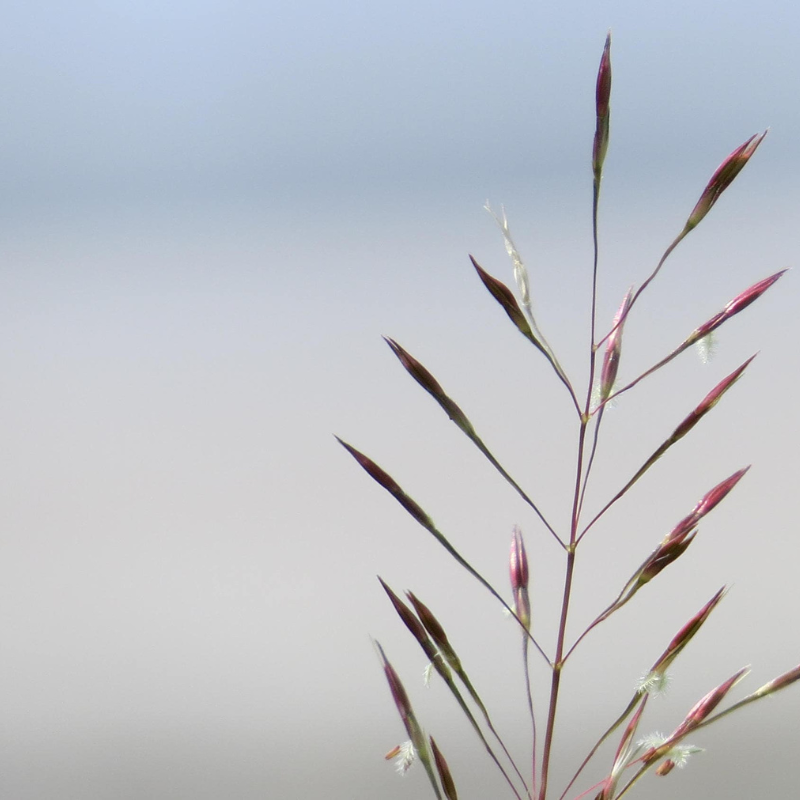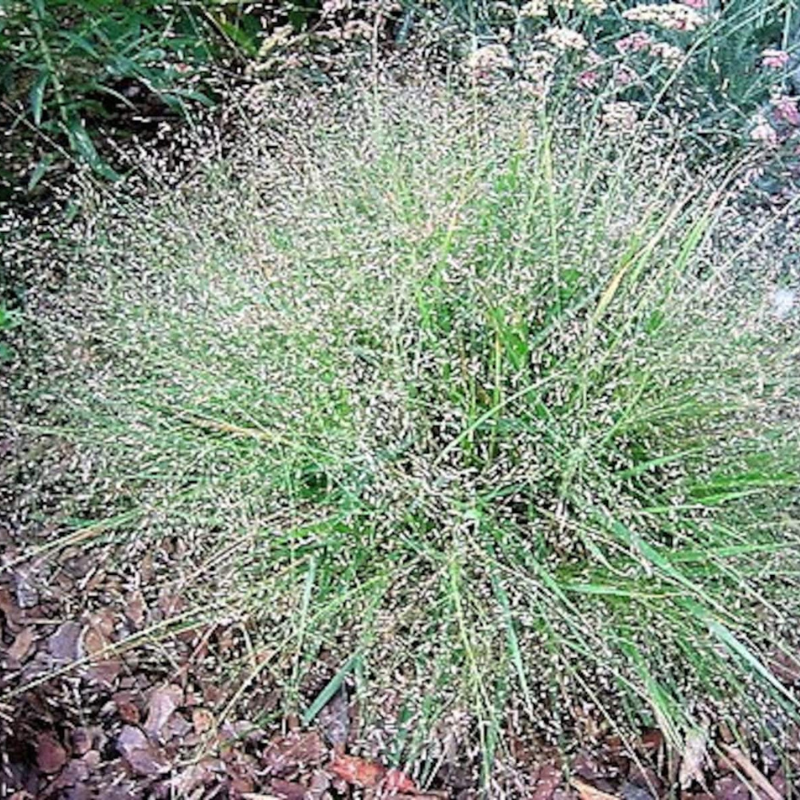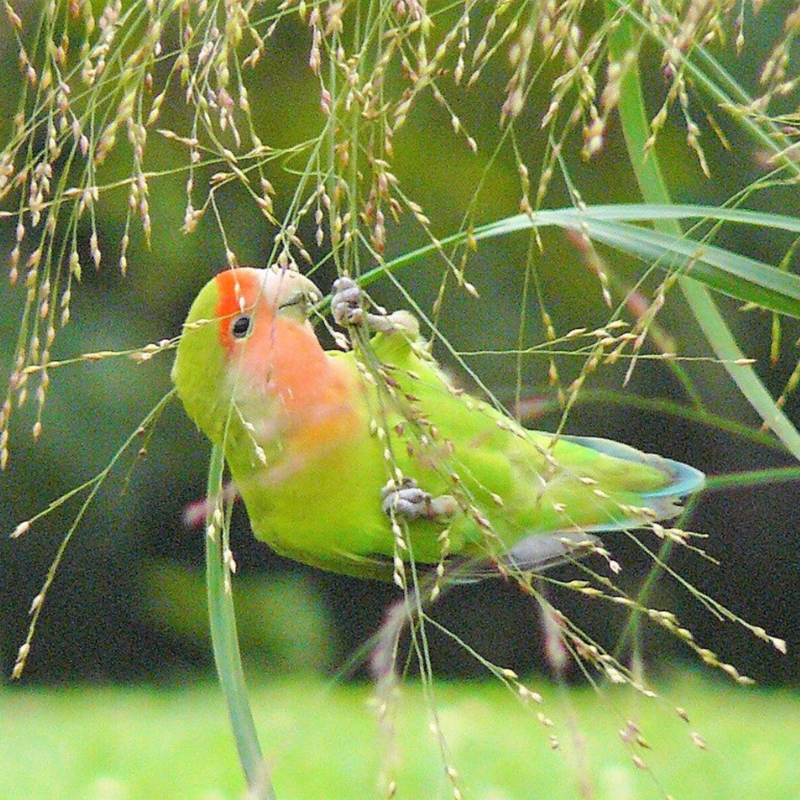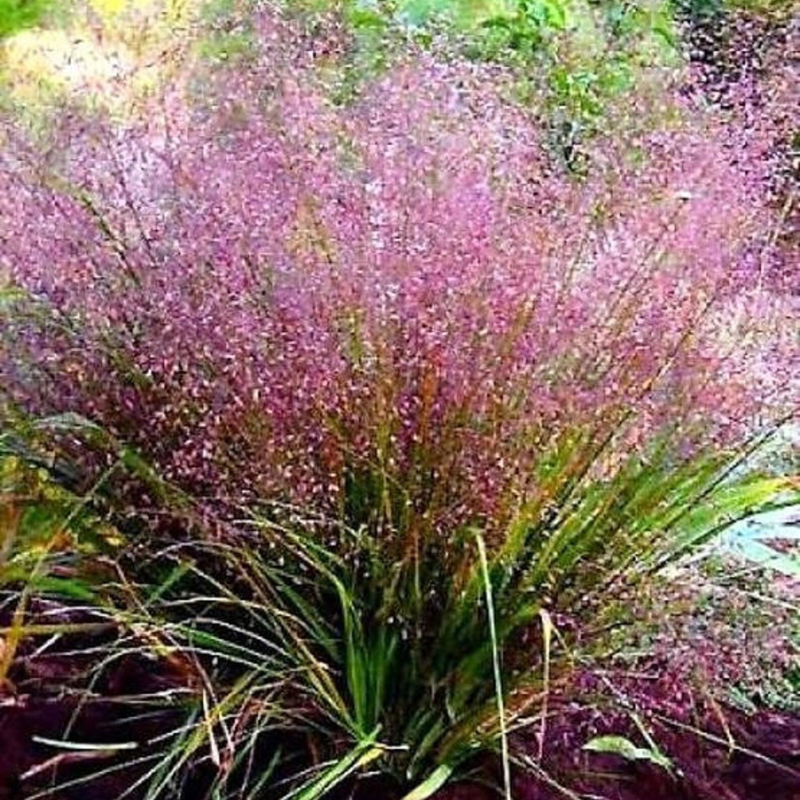- Historical context: Lovegrass (genus Eragrostis) is a group of grasses that have been used historically for various purposes, including forage and soil stabilization.
- Geographical origination: Lovegrass species are native to various regions, including Africa, Asia, and the Americas.
- Relevant cultural significance: In some cultures, lovegrass has been used in traditional medicine and as a food source.
- Time period of discovery: Lovegrass has been known and utilized for centuries, with some species being documented in ancient agricultural practices.
- Original habitat: Lovegrass typically grows in open grasslands, savannas, and disturbed areas.
- Notable historical uses: Historically, lovegrass has been used for grazing, erosion control, and as a food source in some regions.
- Ideal temperature range: Lovegrass thrives in warm climates with temperatures ranging from 20°C to 30°C (68°F to 86°F).
- Soil type: It prefers well-drained soils but can adapt to a variety of soil types, including sandy and loamy soils.
- Sunlight requirements: Full sun is ideal for lovegrass growth.
- Watering needs: Lovegrass is drought-tolerant once established but benefits from regular watering during the initial growth phase.
- Planting season: The best time to plant lovegrass seeds is in the spring or early summer.
- Germination time: Germination typically occurs within 7 to 14 days under optimal conditions.
- Growth cycle duration: Lovegrass can grow rapidly, reaching maturity within a few months.
- Common pests and diseases: Lovegrass is generally resistant to pests and diseases, but it can occasionally be affected by fungal infections and insect pests.
- Companion planting advice: Lovegrass can be planted alongside other drought-tolerant plants and grasses.
- Common challenges and solutions: One common challenge is ensuring adequate water during the initial growth phase. Mulching and regular watering can help establish the plants.
- Nutritional values: Some species of lovegrass produce seeds that are edible and nutritious, containing carbohydrates, proteins, and essential minerals.
- Health benefits: The seeds of certain lovegrass species have been used in traditional medicine for their potential health benefits, including digestive aid and anti-inflammatory properties.
- Culinary uses: In some cultures, lovegrass seeds are ground into flour and used to make bread and porridge.
- Medicinal uses: Traditional uses of lovegrass in medicine include treatments for digestive issues and inflammation.
- Other unique advantages: Lovegrass is highly valued for its ability to prevent soil erosion and improve soil health. It is also used in ornamental landscaping for its attractive appearance.










